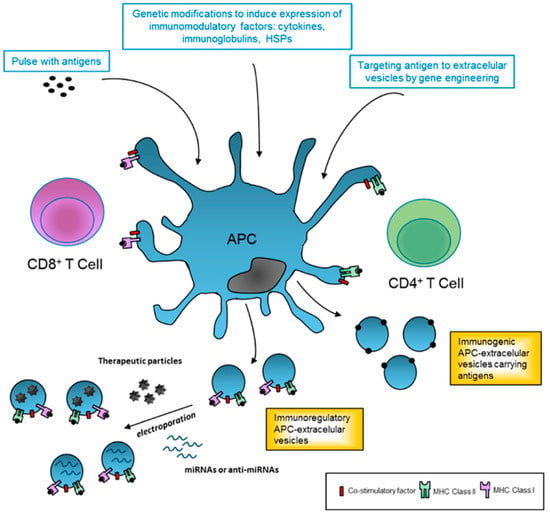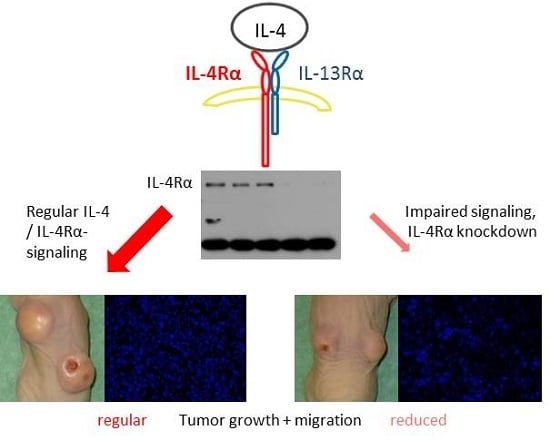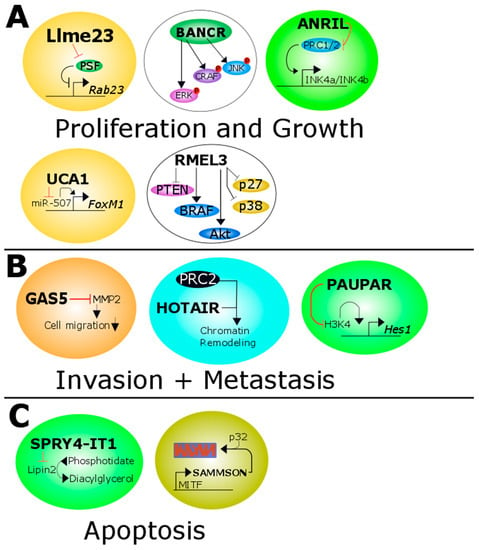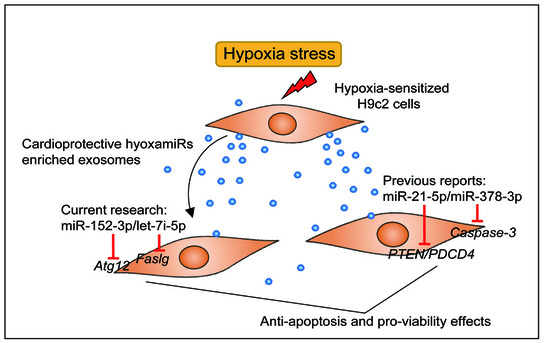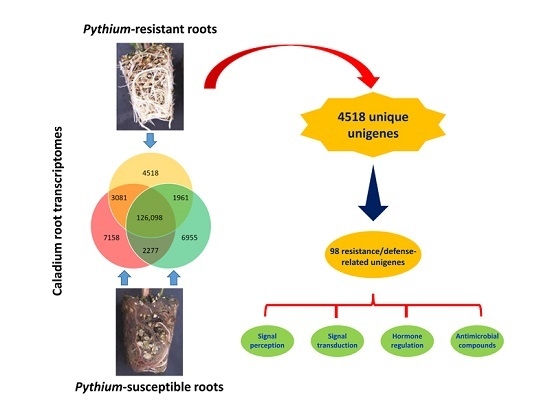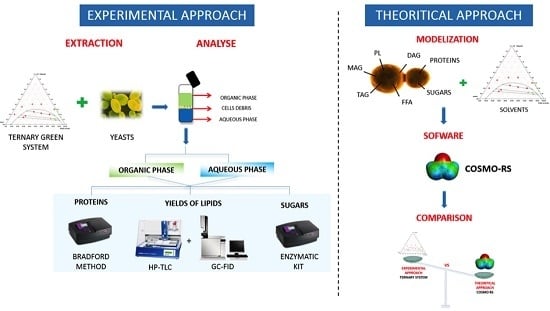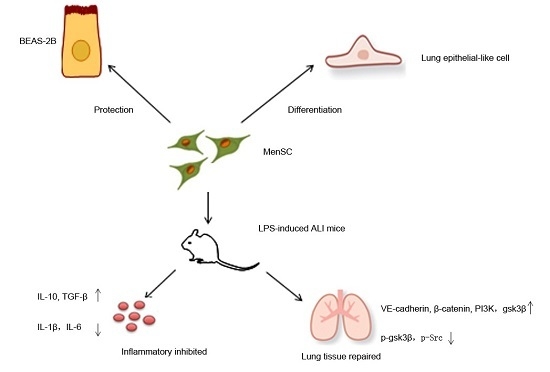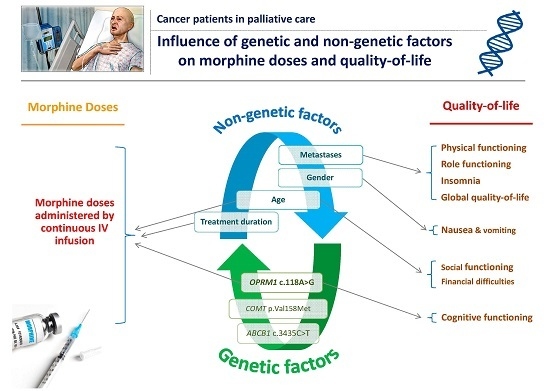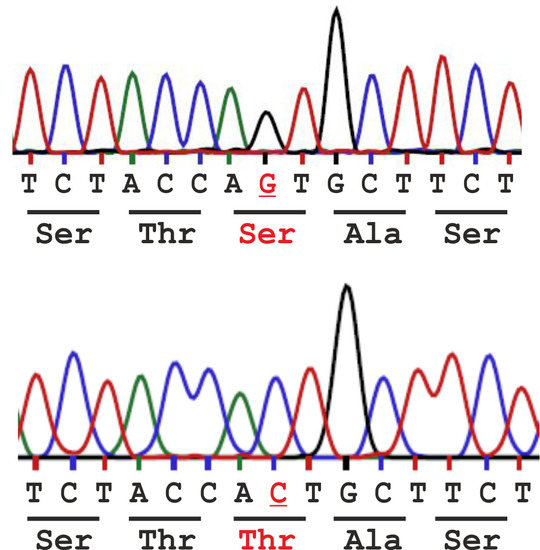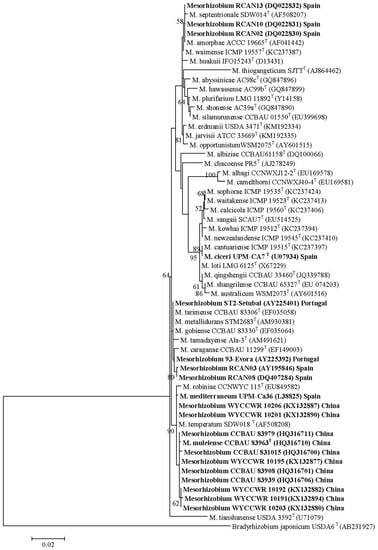Most species in the Leguminosae (legume family) can fix atmospheric nitrogen (N
2) via symbiotic bacteria (rhizobia) in root nodules. Here, the literature on legume-rhizobia symbioses in field soils was reviewed and genotypically characterised rhizobia related to the taxonomy of the legumes
[...] Read more.
Most species in the Leguminosae (legume family) can fix atmospheric nitrogen (N
2) via symbiotic bacteria (rhizobia) in root nodules. Here, the literature on legume-rhizobia symbioses in field soils was reviewed and genotypically characterised rhizobia related to the taxonomy of the legumes from which they were isolated. The Leguminosae was divided into three sub-families, the Caesalpinioideae, Mimosoideae and Papilionoideae.
Bradyrhizobium spp. were the exclusive rhizobial symbionts of species in the Caesalpinioideae, but data are limited. Generally, a range of rhizobia genera nodulated legume species across the two Mimosoideae tribes Ingeae and Mimoseae, but
Mimosa spp. show specificity towards
Burkholderia in central and southern Brazil,
Rhizobium/
Ensifer in central Mexico and
Cupriavidus in southern Uruguay. These specific symbioses are likely to be at least in part related to the relative occurrence of the potential symbionts in soils of the different regions. Generally, Papilionoideae species were promiscuous in relation to rhizobial symbionts, but specificity for rhizobial genus appears to hold at the tribe level for the Fabeae (
Rhizobium), the genus level for
Cytisus (
Bradyrhizobium),
Lupinus (
Bradyrhizobium) and the New Zealand native
Sophora spp. (
Mesorhizobium) and species level for
Cicer arietinum (
Mesorhizobium),
Listia bainesii (
Methylobacterium) and
Listia angolensis (
Microvirga). Specificity for rhizobial species/symbiovar appears to hold for
Galega officinalis (
Neorhizobium galegeae sv.
officinalis)
, Galega orientalis (
Neorhizobium galegeae sv.
orientalis),
Hedysarum coronarium (
Rhizobium sullae),
Medicago laciniata (
Ensifer meliloti sv.
medicaginis),
Medicago rigiduloides (
Ensifer meliloti sv.
rigiduloides) and
Trifolium ambiguum (
Rhizobium leguminosarum sv.
trifolii). Lateral gene transfer of specific symbiosis genes within rhizobial genera is an important mechanism allowing legumes to form symbioses with rhizobia adapted to particular soils. Strain-specific legume rhizobia symbioses can develop in particular habitats.
Full article
